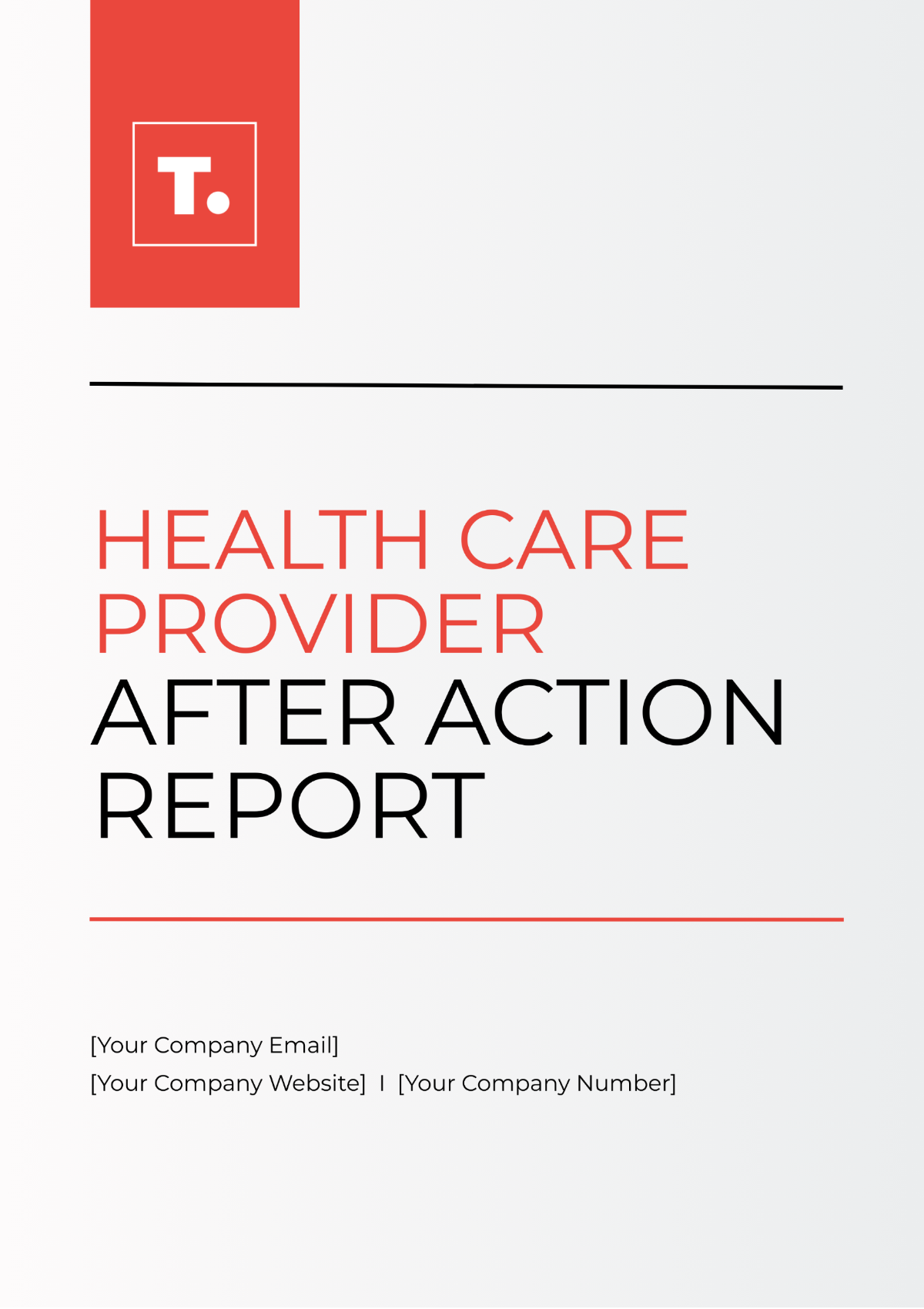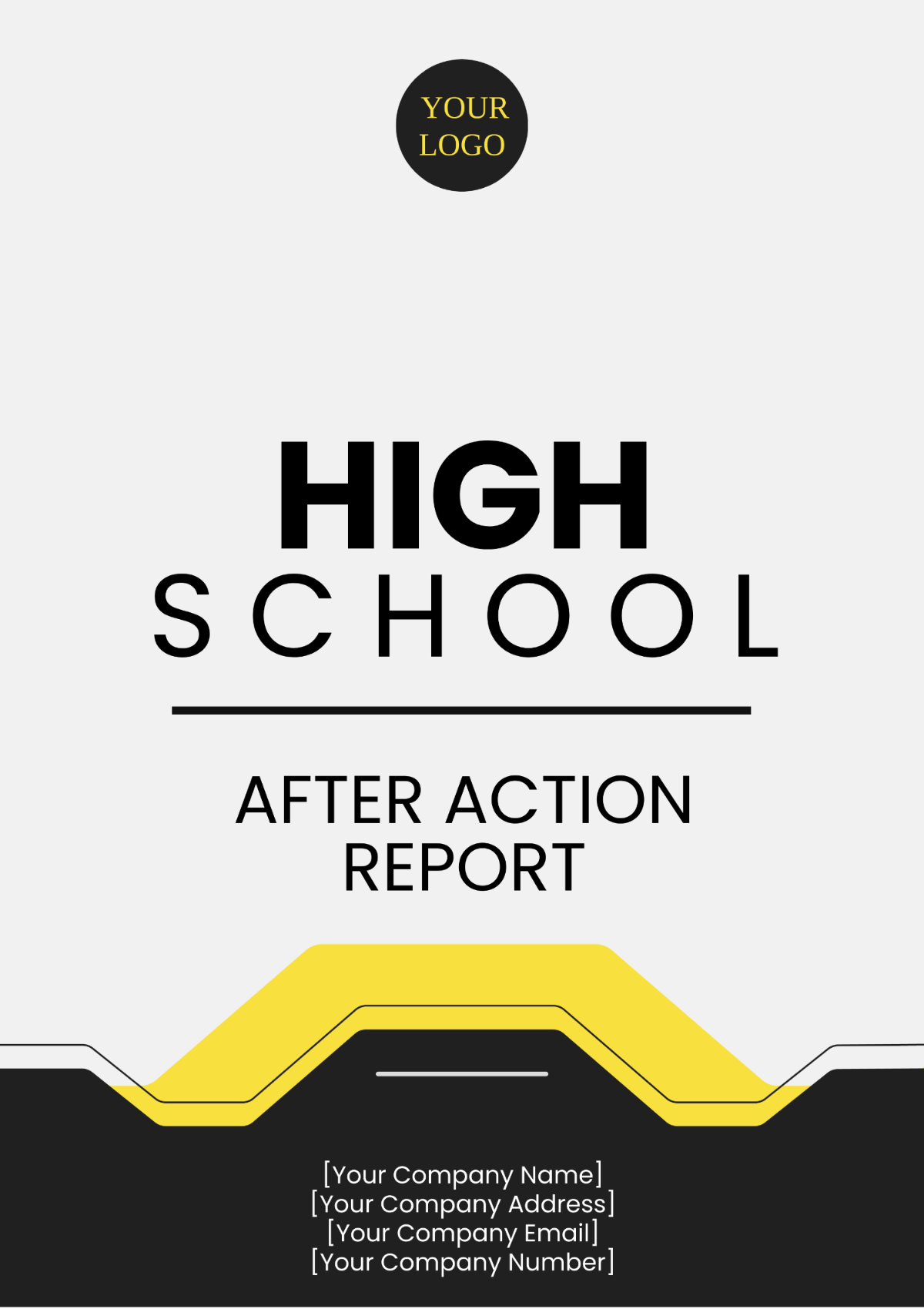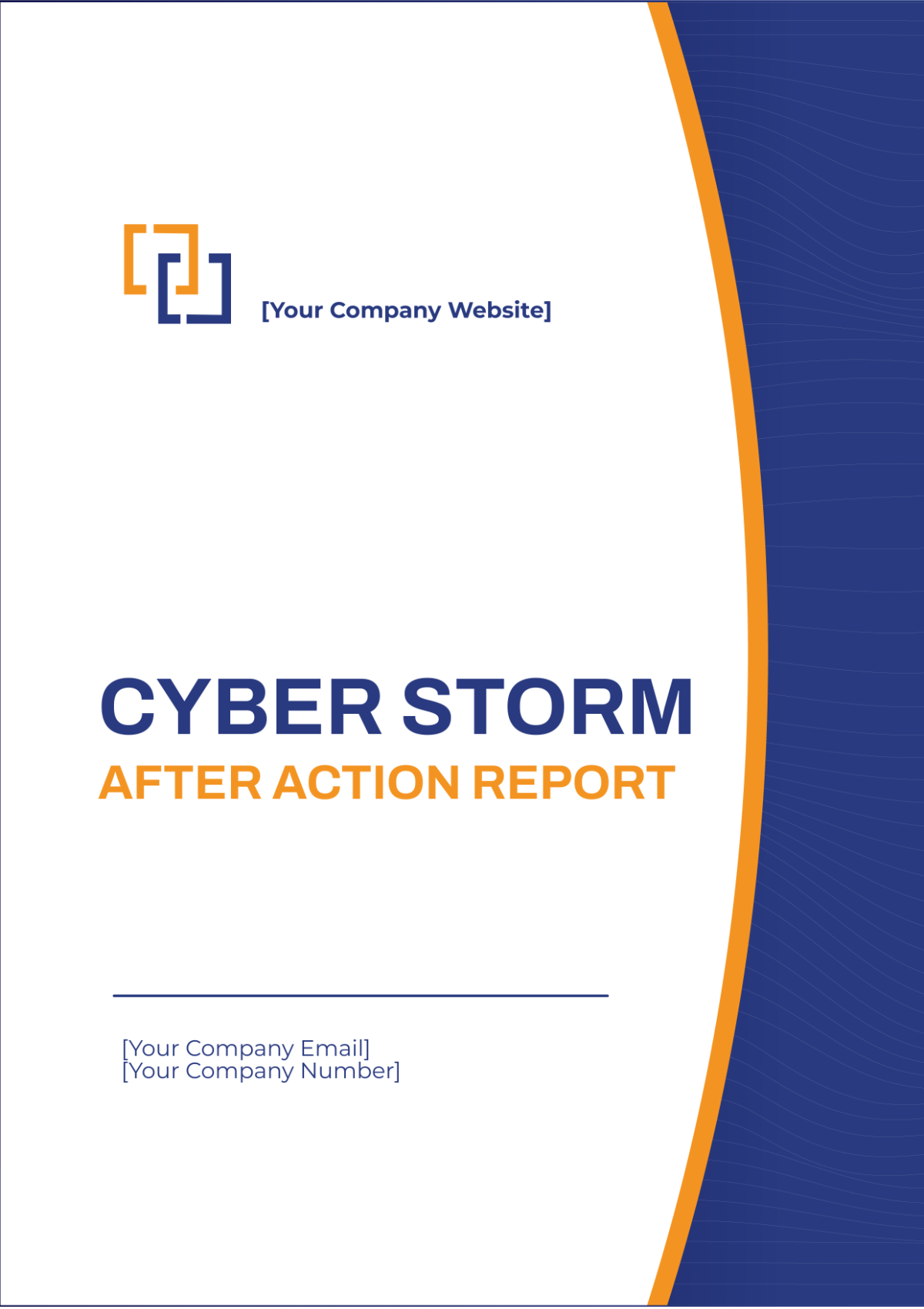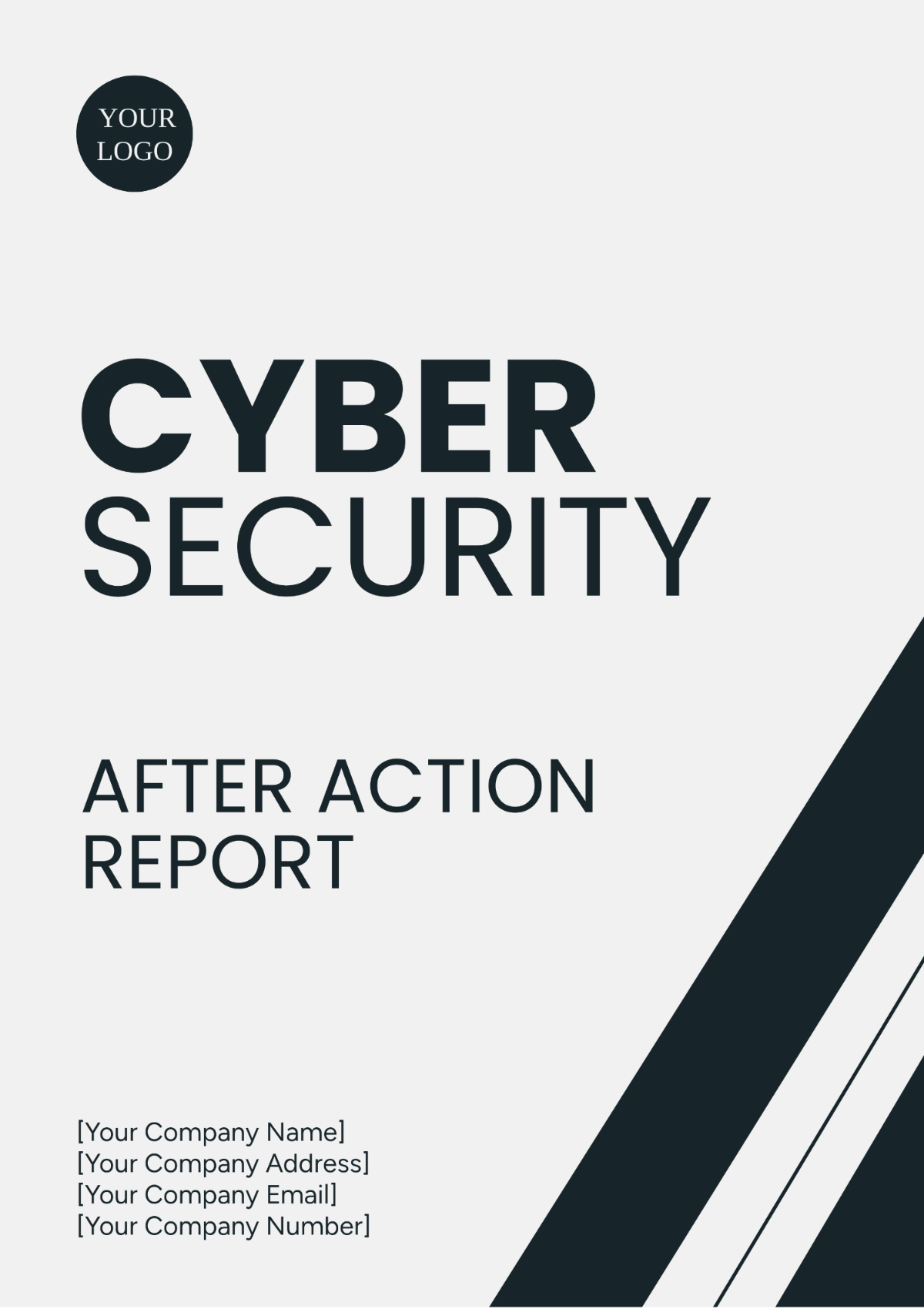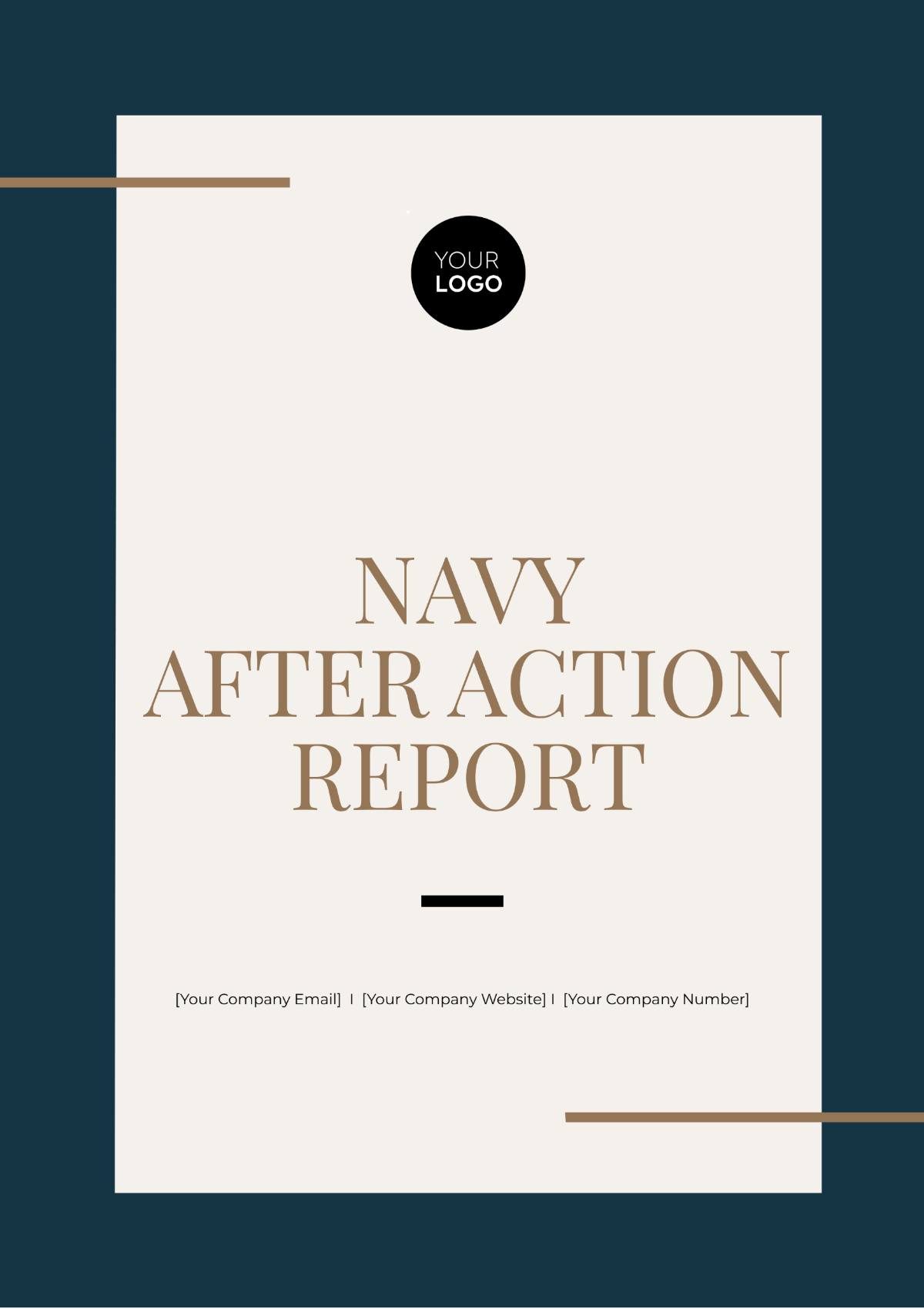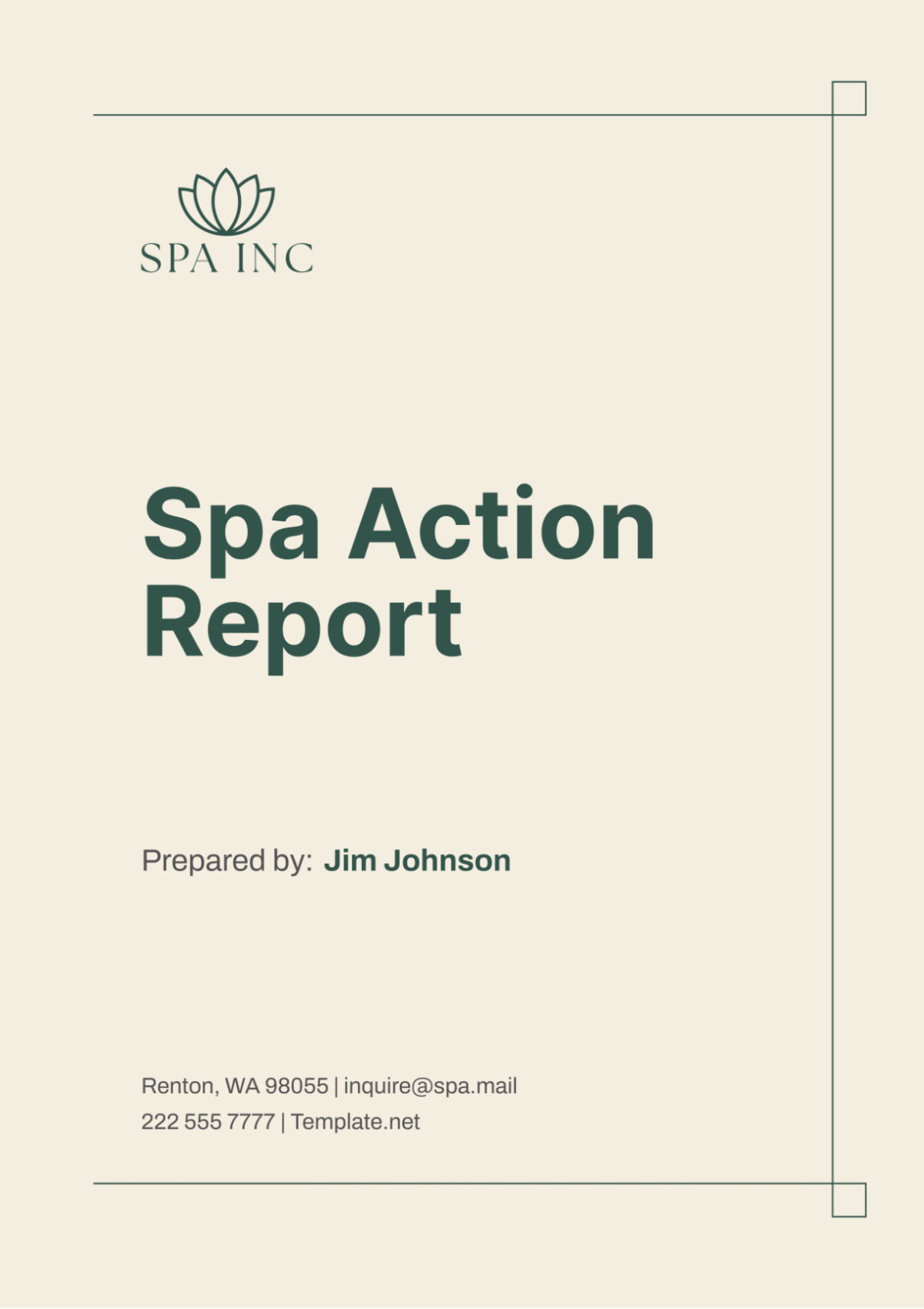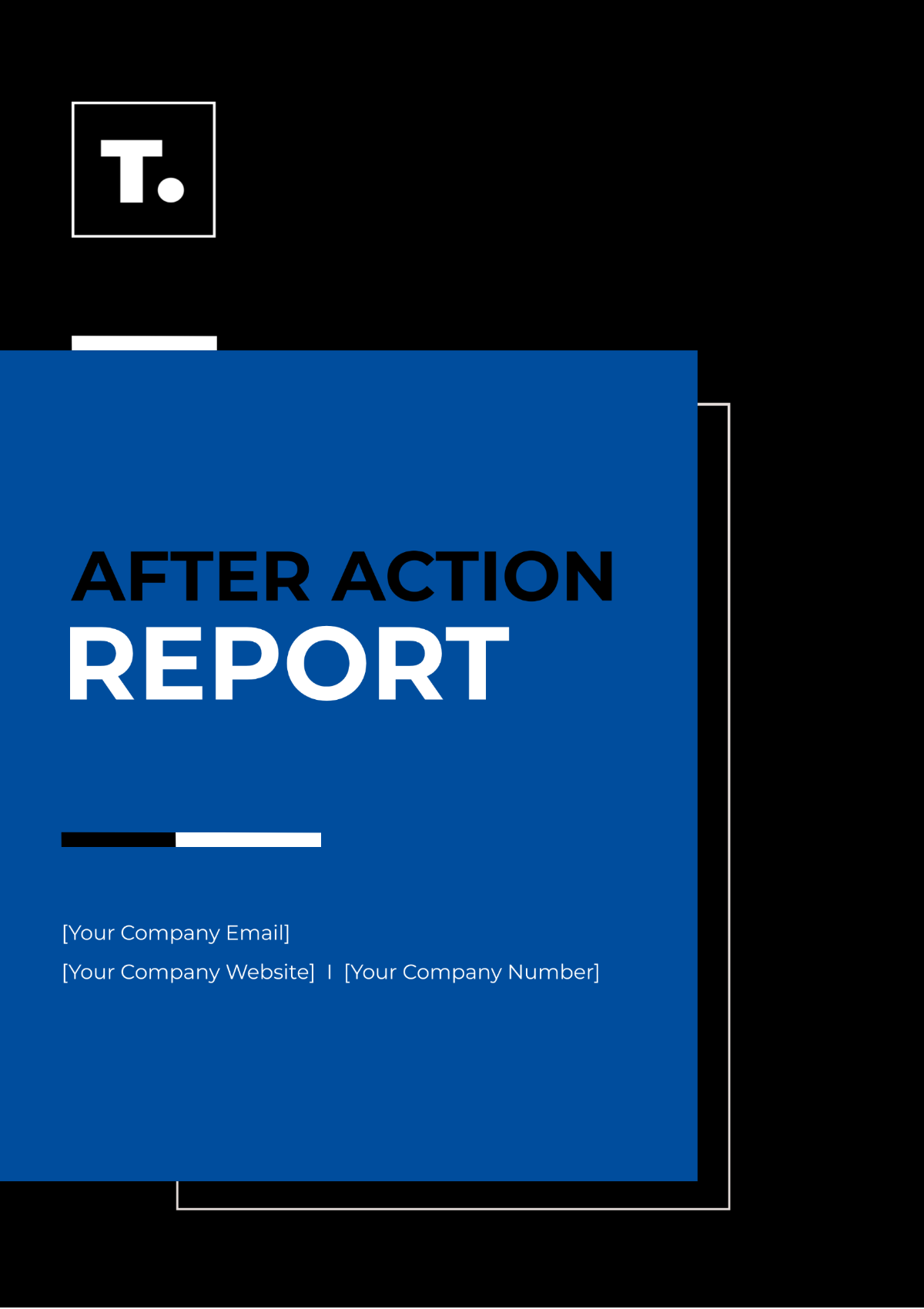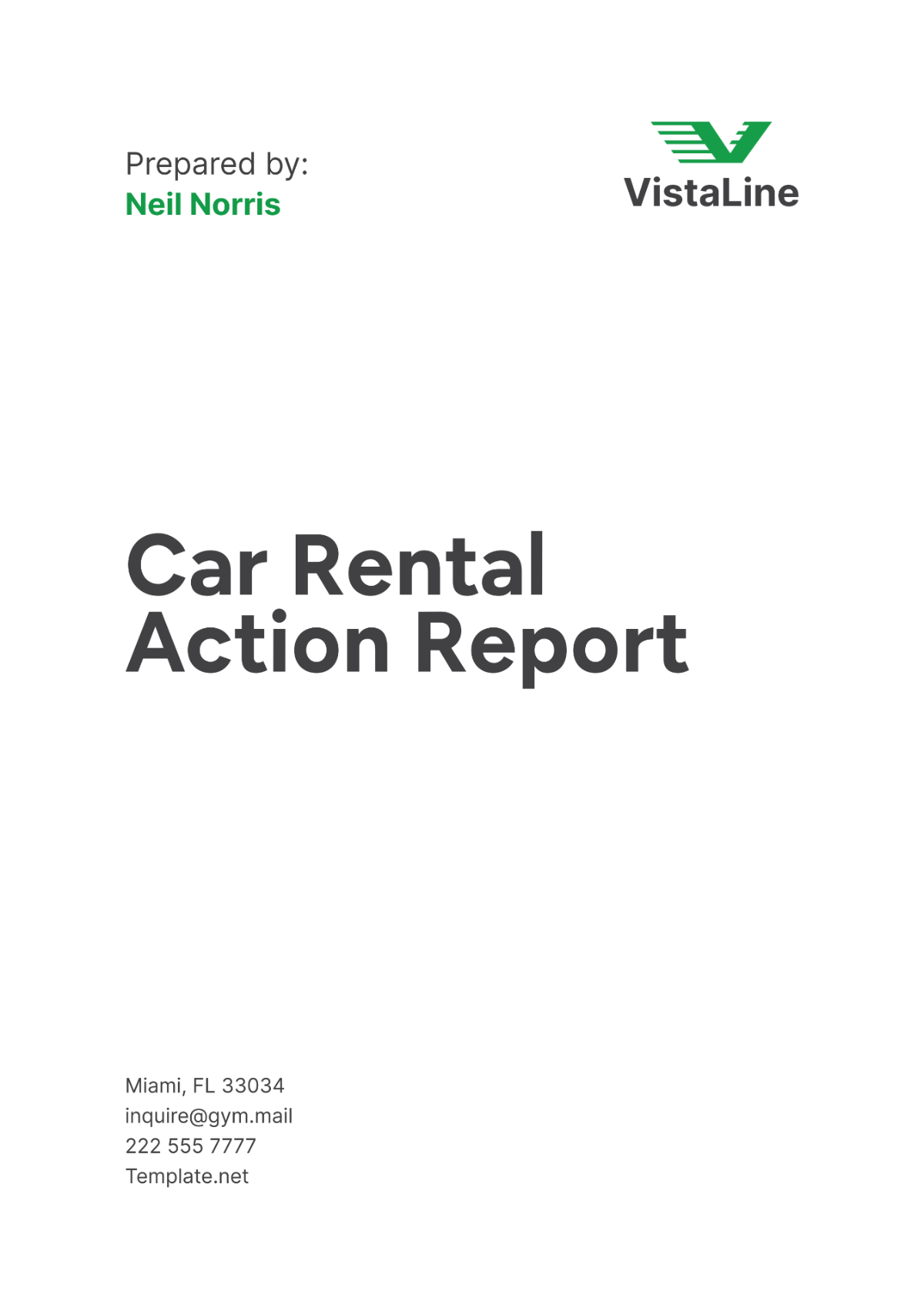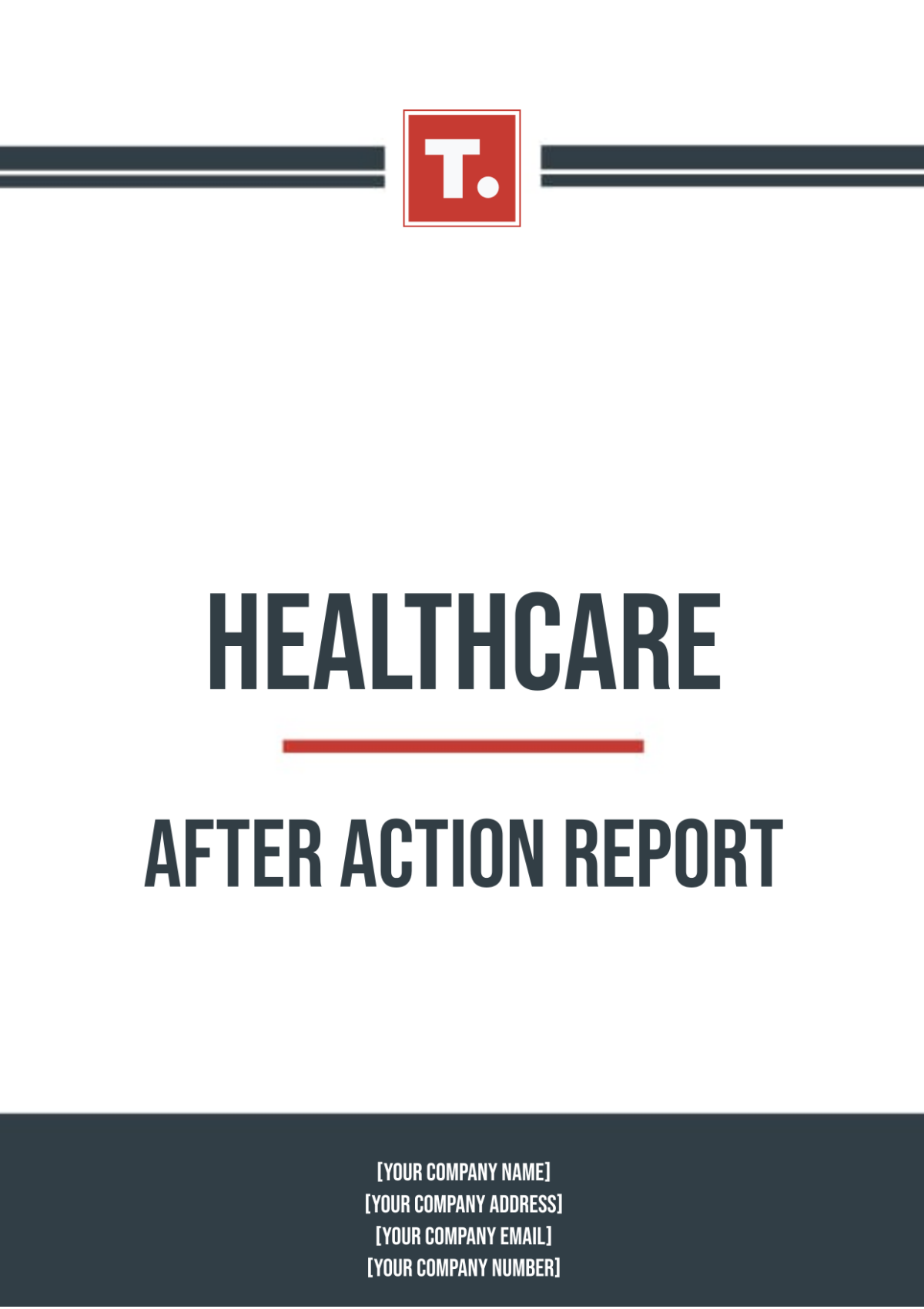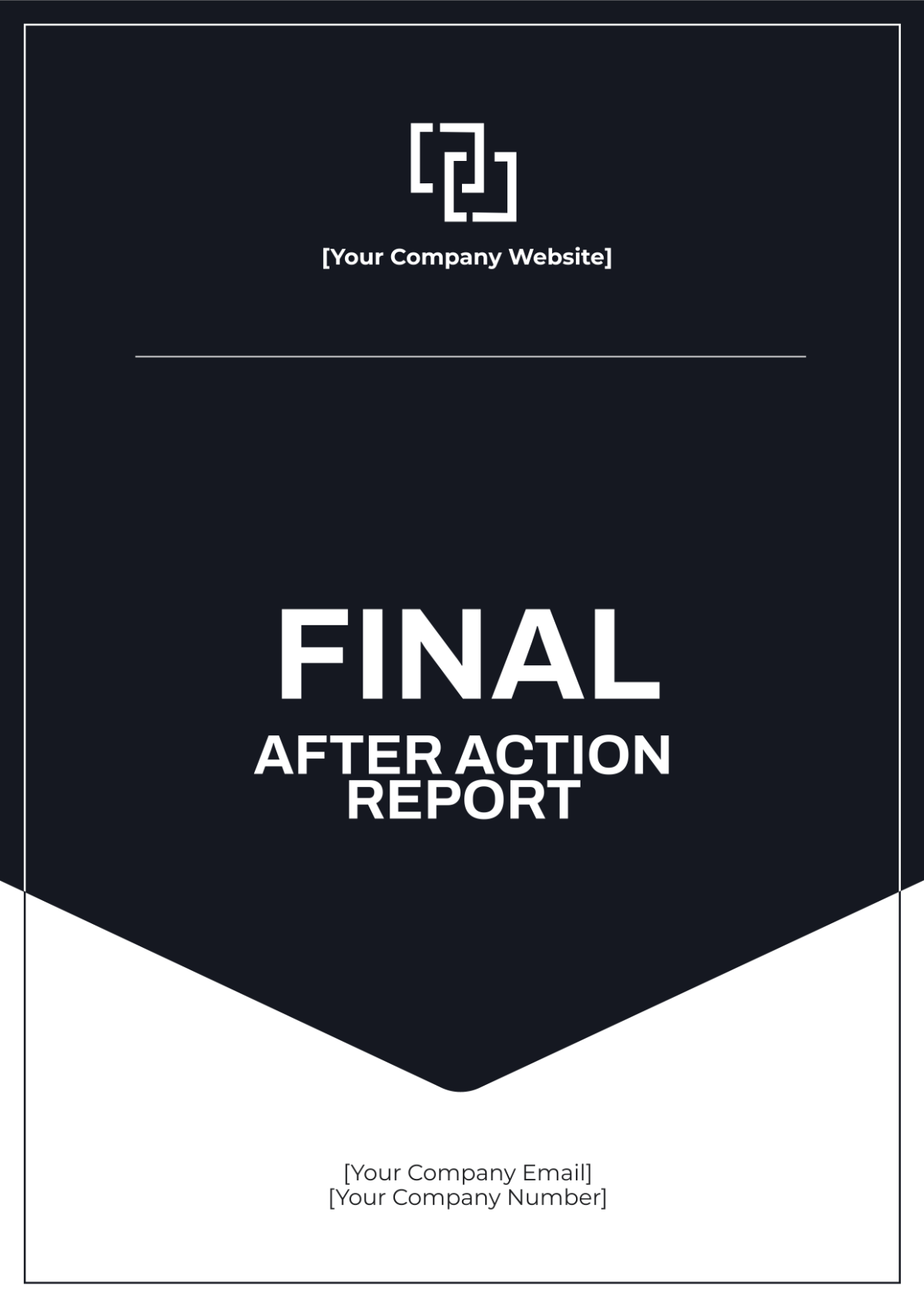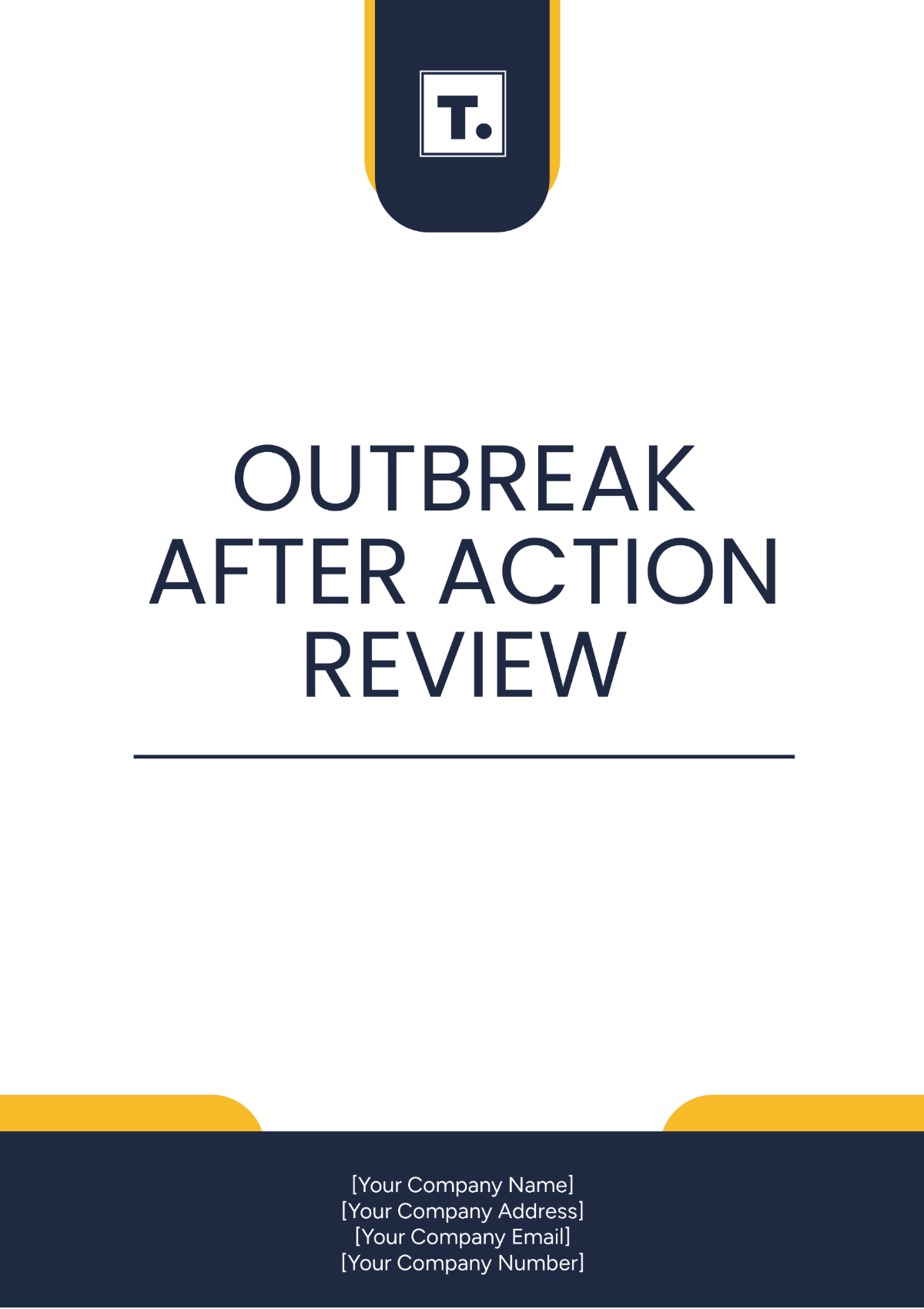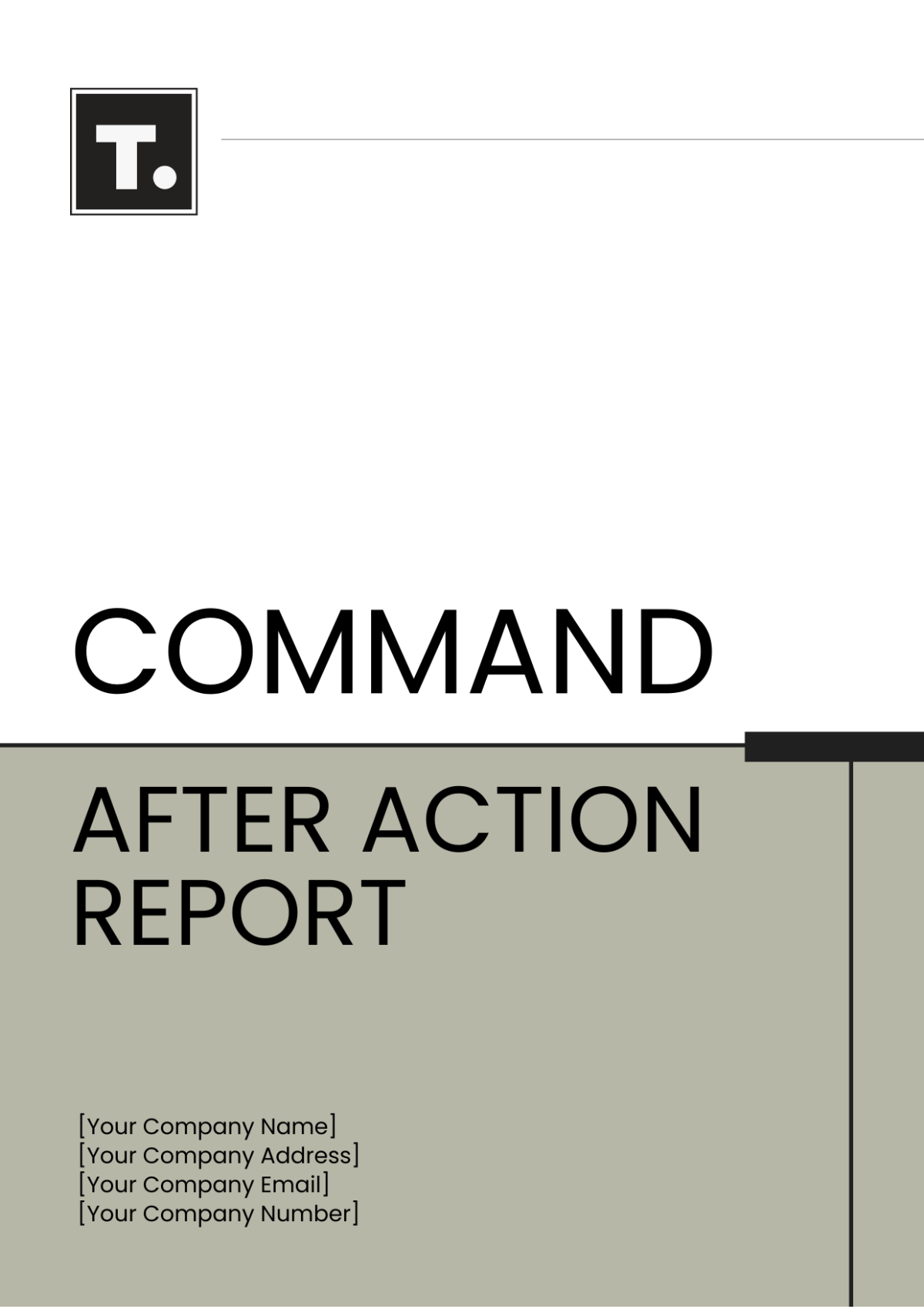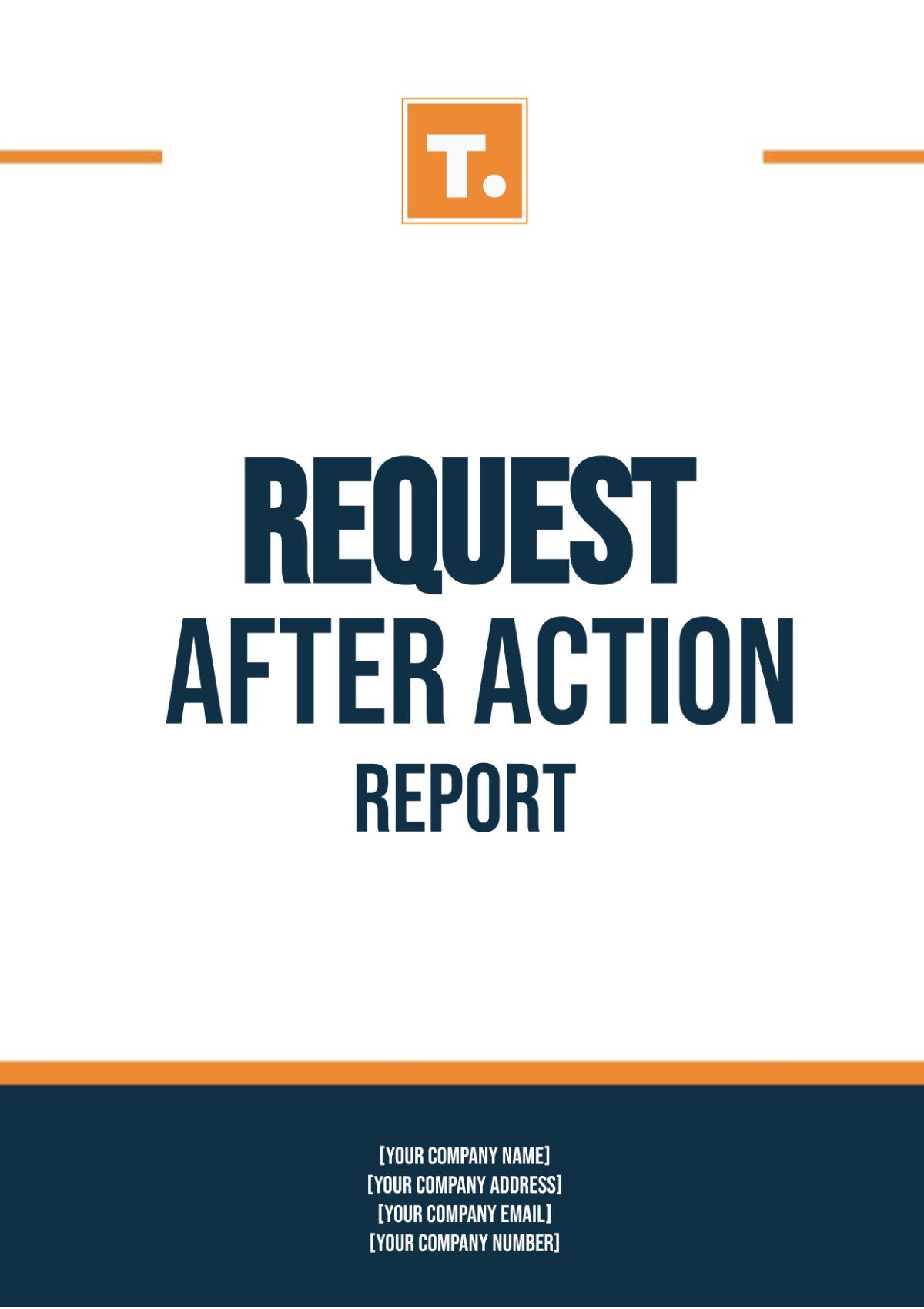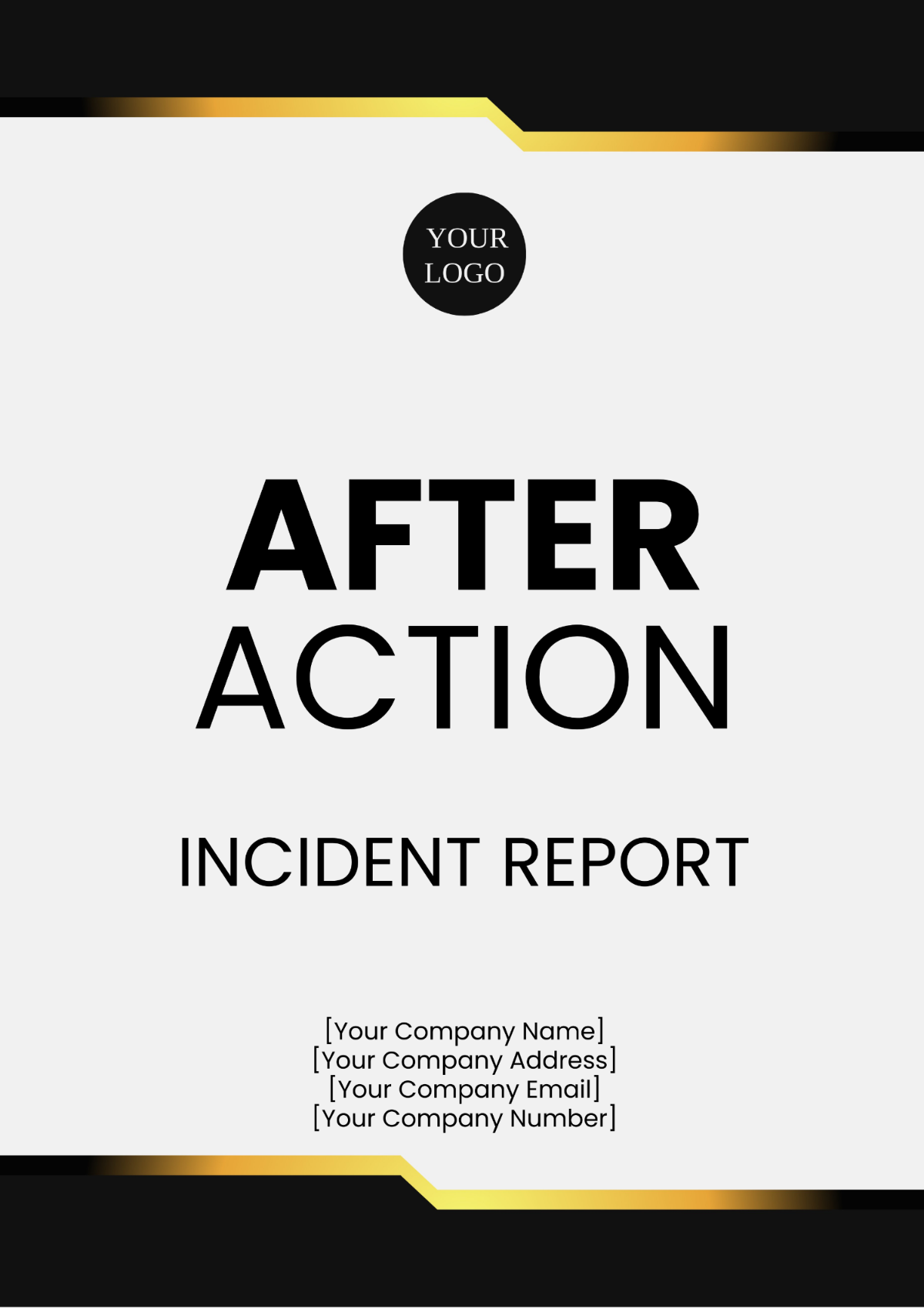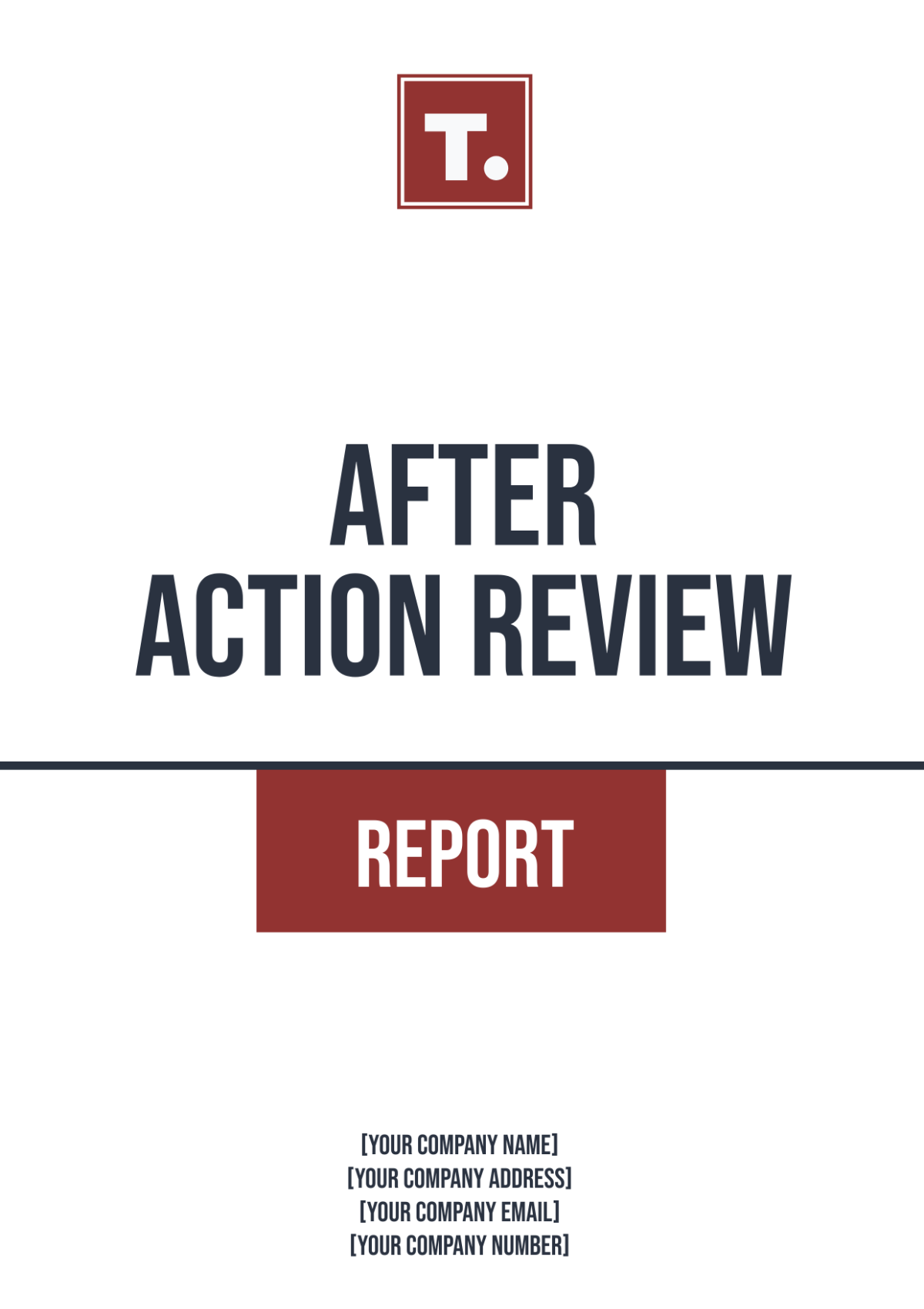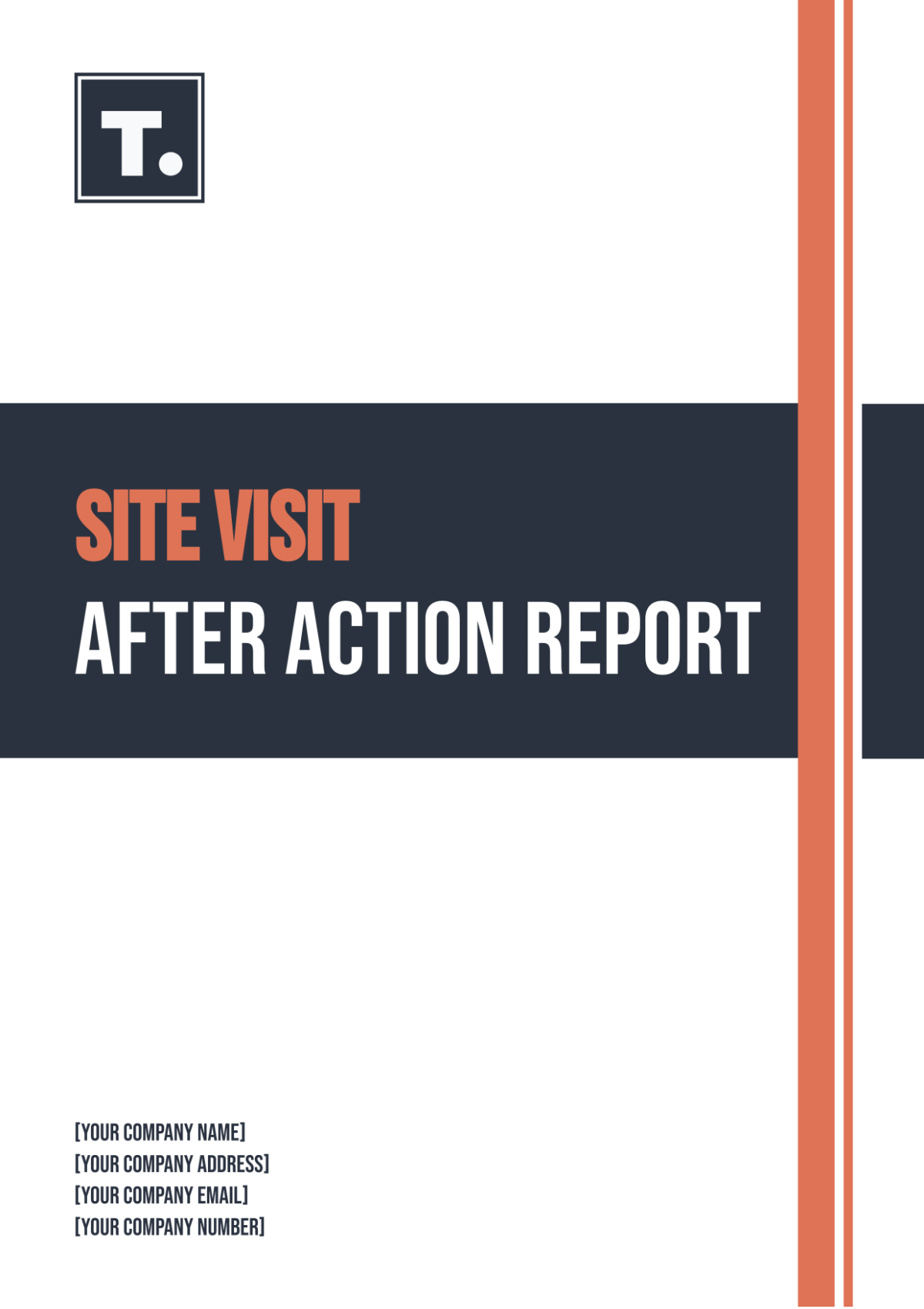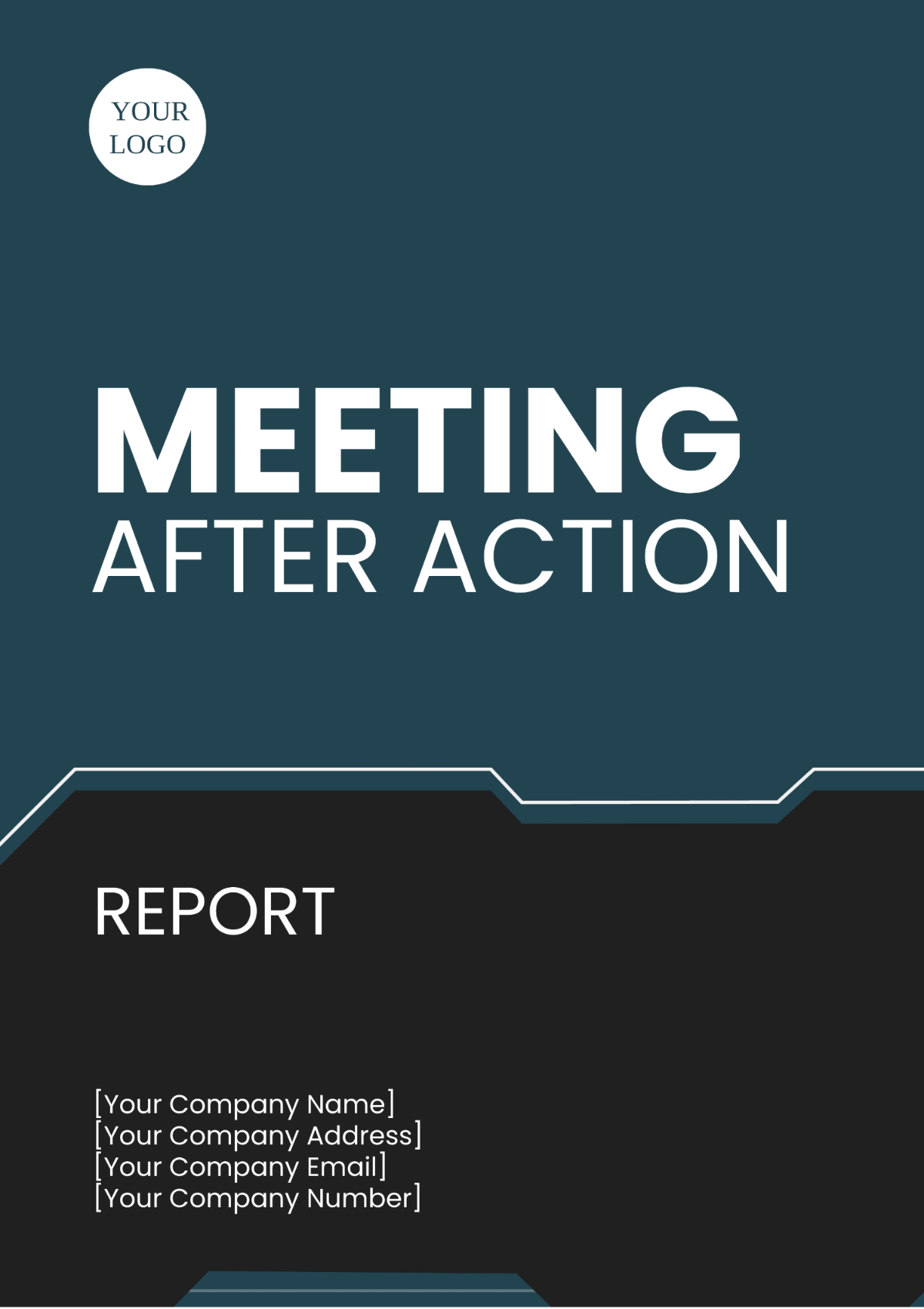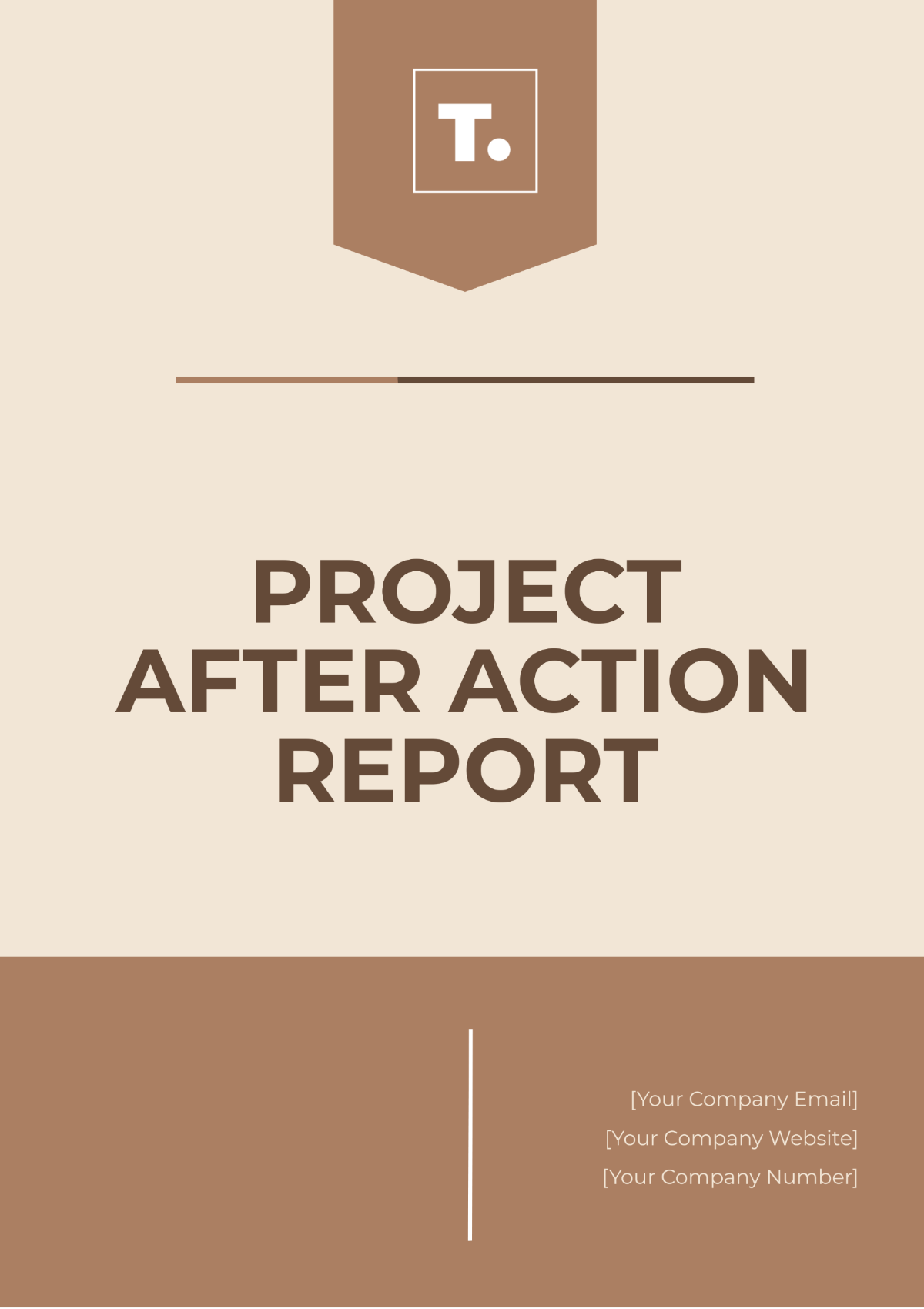Health Care Provider After Action Report
I. Introduction
In response to a critical clinical incident on June 15, 2055, this After Action Report (AAR) aims to comprehensively review the events, response actions, and outcomes to facilitate organizational learning and improvement. The incident occurred at [YOUR COMPANY NAME], located at [YOUR COMPANY ADDRESS], involving a sudden cardiac arrest in the emergency department.
II. Incident Overview
Date: June 15, 2055
Time: 2:30 PM
Location: Emergency Department, [YOUR COMPANY NAME]
Incident Description: A 67-year-old male patient, [PATIENT'S NAME], presented to the emergency department with complaints of chest pain and collapsed suddenly while awaiting triage. He was found unresponsive with no palpable pulse or spontaneous breathing.
Affected Areas/Units: Emergency Department, Cardiology Unit
III. Response Actions
Response Actions | Details |
|---|
Initial Response | Immediate initiation of CPR by Nurse [NURSE'S NAME] upon discovery of patient. Code Blue team activated within 1 minute. |
Clinical Interventions | ACLS protocols followed: airway management, defibrillation, administration of epinephrine and amiodarone. |
Resource Allocation | Additional nursing staff and respiratory therapist summoned. Defibrillator and medications readily available and utilized. |
Communication | Clear and concise communication among Code Blue team members, attending physicians, and ICU for potential transfer. |
Coordination | Seamless coordination between nursing, medical, and support staff to maintain continuous chest compressions and medication administration. |
IV. Analysis and Assessment
Analysis and Assessment | Findings |
|---|
Root Causes | Delay in triage process due to high patient volume. Absence of early warning signs contributed to sudden cardiac arrest. |
Strengths | Prompt initiation of CPR and ACLS protocols. Effective teamwork and communication among multidisciplinary teams. |
Areas for Improvement | Enhance triage protocols to prioritize critical patients. Conduct regular simulations and training for emergency preparedness. |
V. Lessons Learned
Lessons Learned | Recommendations |
|---|
Clinical Protocols | Update triage protocols to include early warning signs and prioritize assessment of potentially unstable patients. |
Training and Education | Implement biannual ACLS training and simulation exercises for all emergency department staff. |
Communication Strategies | Standardize handoff procedures and improve communication tools during patient care transitions. |
Patient Care | Emphasize patient-centered care principles during emergency situations, ensuring family support and involvement. |
VI. Recommendations
Based on the findings of this report, the following recommendations are proposed to enhance future incident response and patient care at [YOUR COMPANY NAME]:
Implement revised triage protocols that incorporate early warning signs and prioritize rapid assessment of critical patients.
Conduct biannual ACLS training sessions and regular simulations for emergency department staff to maintain readiness and proficiency.
Standardize documentation practices and enhance handoff communication during shift changes to ensure continuity of care and patient safety.
VII. Conclusion
This After Action Report highlights the response to a critical clinical incident at [YOUR COMPANY NAME] on June 15, 2055, involving a sudden cardiac arrest in the emergency department. The incident underscored our team's strengths in prompt CPR initiation, effective ACLS protocol adherence, and coordinated care.
Strengths:
Prompt Response: Immediate CPR initiation and swift activation of the Code Blue team within one minute.
Clinical Competence: Effective application of ACLS protocols, including defibrillation and medication administration.
Team Coordination: Seamless collaboration among nursing, medical, and support staff during the emergency response.
Areas for Improvement:
Triage Process: Enhance triage protocols to prioritize critical patients amidst high volumes.
Training and Preparedness: Regular ACLS training and simulations to maintain staff readiness.
Communication Protocols: Standardize handoff procedures and improve communication tools for seamless transitions.
Moving forward, [YOUR COMPANY NAME] will implement the following recommendations to enhance emergency response capabilities:
Revised Triage Protocols: Incorporate early warning signs to expedite critical patient assessment.
Enhanced Training: Biannual ACLS training and ongoing simulations to sustain staff readiness.
Improved Communication: Standardize documentation practices and enhance communication tools during care transitions.
Report Templates @ Template.net
